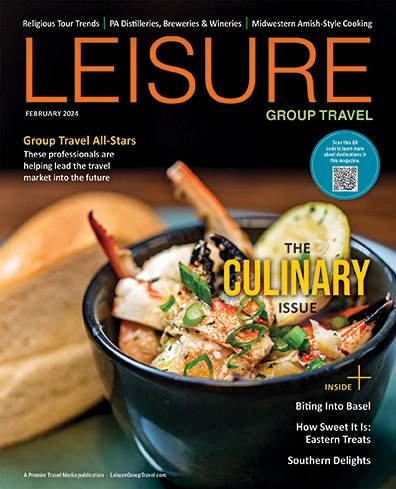Bank travel club programs are dropping like flies, one industry professional recently announced. Is it so? Should affinity club coordinators be concerned? Dropping like flies was a bold statement to make considering many of his colleagues are vocally choosing to ignore this obvious trend. As one bank travel magazine executive dismissed it, “Some banks are discontinuing their programs and conversely, others are starting them. That has been the case ever since we started. We intend to support those that are in the business.” The majority of banks, like the majority of all the rest of us, will stay the course. And those that cannot compete, or choose not to, will go away.”
To underestimate or ignore the impact the intensified threat of elimination is having would be remiss. To not take note and be aware of the changes that are occurring in bank management and how these changes are affecting affinity programs would be professionally irresponsible.
Certainly there is cause to be concerned. In recent years there have been an increasing number of affinity programs at larger financial institutions that have been eliminated. It is fair to say, though, that for the number of loyalty programs eliminated, there are new programs popping up in smaller, competing banks. However, these new programs are being created with significantly different operating objectives and revenue goals.
Read more: How To Start Your Own Travel Club – Part 1
The History of Bank Travel Clubs
Bank travel clubs, sometimes referred to as affinity programs or loyalty programs as they are sometimes referred to, were conceptualized in the early seventies when financial institutions were moving away from ad-specialty items (such as free toasters for opening new accounts) and looking for unique ways to attract new customers and to retain their mature market customer base. Seniors were the perfect target market and affinity programs were a novel, unique way to accomplish this goal.
Early on, affinity programs were designed as a marketing tool. They were not created with the expectation that they would make a profit. Their greatest selling point was that they were self-supporting through the small commissions they generated from trips coordinated through the travel club. Affinity programs commonly functioned as an expense line item within the overall marketing budget. The marketing dollars were designated to cover any operating expenses.
Program coordinators were most often recruited from the existing pool of customer service employees who were already working for the bank. Consequentially, staffing salaries that were attributed to the program were already accounted for. The early successes of affinity programs evolved from enhancing customer relationships that had already been established. Membership was generated from customer relationships that these new coordinators had been nurturing.
Changes Ahead For Bank Affinity Programs
Affinity programs are no longer being viewed exclusively as a marketing tool for attracting new customers and retention. In larger financial organizations, affinity programs are now being identified as a product and are being expected to generate a profit. They are now competing within the overall product mix of the bank. More stringent expectations are being placed on the profitability performance of these programs.
With that, the industry has changed and bank travel clubs need to show a return on investment for bank management in order to be a viable commodity.
For more content like this, subscribe to Leisure Group Travel Magazine.







